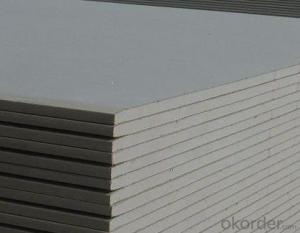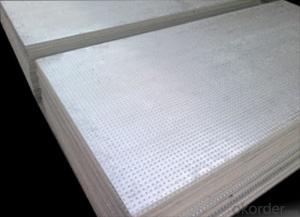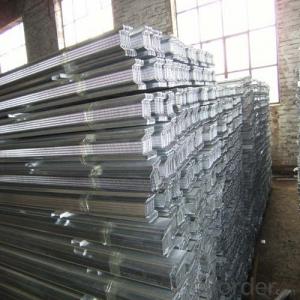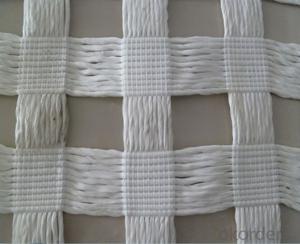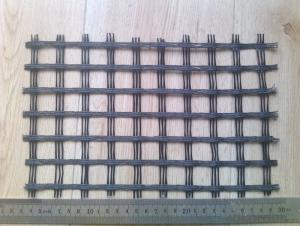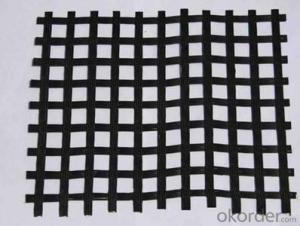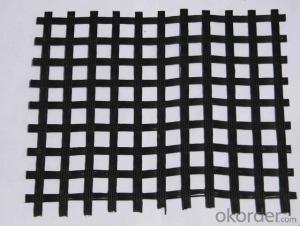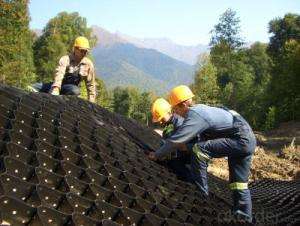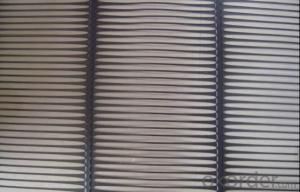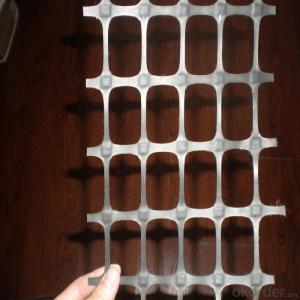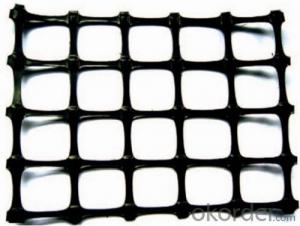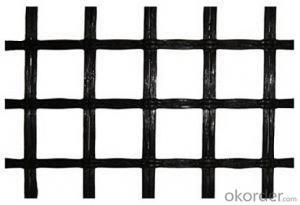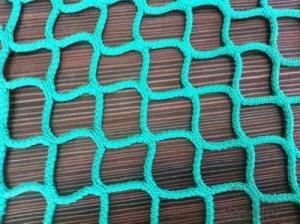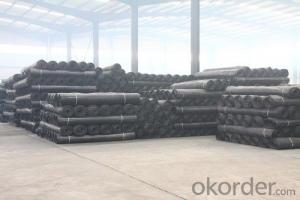Geogrid Road Construction
Geogrid Road Construction Related Searches
Led For Cannabis Growing Fiberglass Sheets For Roofing Geogrid For Road Construction Geogrid For Erosion Control Geogrid For Soil Stabilization Geogrid For Horse Paddocks Geogrid For Gravel Geogrid For Pavers Geogrid For Steep Slopes Geogrid For DrivewaysHot Searches
Used Foam Board Insulation For Sale Bags Of Cement For Sale Types Of Temporary Side Panels For Cement Deck Magnesium Oxide Board For Sale Hdf Board For Sale sintra board for sale Construction Staging For Sale Fiber Sheet Price In India Gypsum Board Price Per Sheet In India Fiber Roofing Sheets Price In Pakistan Types Of Scaffolding In Construction Pdf Types Of Formwork In Construction Plastic Fiber Sheet Price 5 8 Type X Gypsum Board Price Gypsum Board Price Per Sheet Twin Wall Polycarbonate Sheet Price Hardiflex Fiber Cement Board Price Gypsum Board Partition Wall Price India Extruded Polystyrene Insulation Board Price Polyurethane Insulation Board PriceGeogrid Road Construction Supplier & Manufacturer from China
Okorder.com is a professional Geogrid Road Construction supplier & manufacturer, offers integrated one-stop services including real-time quoting and online cargo tracking. We are funded by CNBM Group, a Fortune 500 enterprise and the largest Geogrid Road Construction firm in China.Hot Products
FAQ
- Is there a big difference between horizontal permeability and vertical permeability coefficient
- . That is to say, the permeability coefficient of geosynthetics is broad. The vertical permeability coefficient is unique to geotextiles. The test methods of permeability coefficient and vertical permeability coefficient are similar.
- The standards for geogrid testing and certification are outlined by various organizations such as ASTM International (American Society for Testing and Materials) and ISO (International Organization for Standardization). These standards cover a range of parameters including tensile strength, elongation, aperture size, junction strength, and durability. Testing methods and acceptance criteria are defined to ensure that geogrids meet the necessary performance requirements for their intended applications. Certification is typically granted by accredited third-party laboratories or certification bodies after successful compliance with these standards.
- Some of the different testing methods for geogrids include tensile strength testing, aperture size testing, creep testing, and durability testing. Tensile strength testing evaluates the geogrid's ability to resist pulling forces, while aperture size testing measures the size of the openings in the geogrid. Creep testing assesses the geogrid's deformation under constant load over time, and durability testing evaluates its resistance to environmental factors like UV exposure and chemical degradation. These testing methods help determine the performance and suitability of geogrids for various geotechnical applications.
- Yes, geogrids are generally resistant to corrosion. They are commonly made from materials such as high-density polyethylene (HDPE) or polyester, which are not prone to corrosion. This makes geogrids suitable for various applications in civil engineering and construction, where they may be exposed to moisture, chemicals, or other corrosive elements.
- Yes, geogrids can be used in underground mining applications. Geogrids are commonly used in mining operations to reinforce and stabilize underground structures, such as tunnels and mine shafts. They provide effective support and increase the stability of the surrounding rock and soil, ensuring safe and efficient mining operations.
- The long-term performance monitoring requirements for geogrids include regular inspections to assess any changes in the material's physical properties, such as tensile strength and elongation. Additionally, monitoring the geogrids' interaction with the surrounding soil and any signs of deformation or deterioration is vital. This can be done through periodic measurements of settlement, strain, and slope stability. Long-term monitoring also involves assessing the effectiveness of the geogrids in retaining soil and preventing erosion over time. Overall, continuous evaluation of geogrid performance ensures their durability and effectiveness in the intended applications.
- What is the difference between unidirectional geogrid and two-way geogrid
- The bidirectional grid is suitable for increasing the bearing capacity of the road (ground) base, and the service life of the Yan Changlu base. TwoThe utility model relates to a bidirectional grid which is suitable for preventing the collapse of the road surface and the generation of cracks. ThreeThe utility model has the advantages of convenient operation, time saving, labor saving, short construction period and reduced maintenance cost. FourThe utility model relates to a bidirectional grid which is suitable for preventing cracks in culvert. FiveTwo way grid is used to enhance soil slope and prevent soil erosion. Six
- Yes, geogrids can be used in shoreline protection against wave action. Geogrids are commonly used to stabilize soil and prevent erosion. When installed along the shoreline, geogrids can help absorb the energy of the waves, reduce erosion, and provide protection to the shoreline. They are often combined with other materials, such as rocks or vegetation, to create an effective barrier against wave action.
